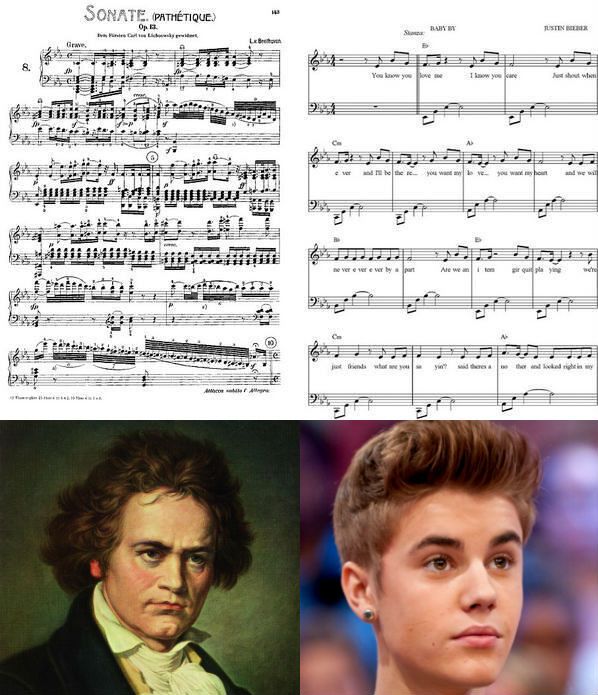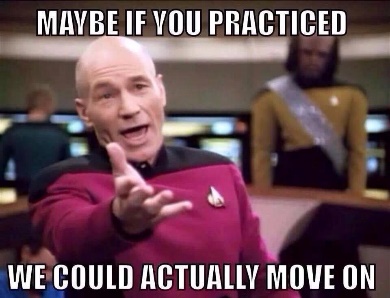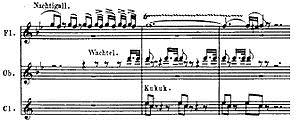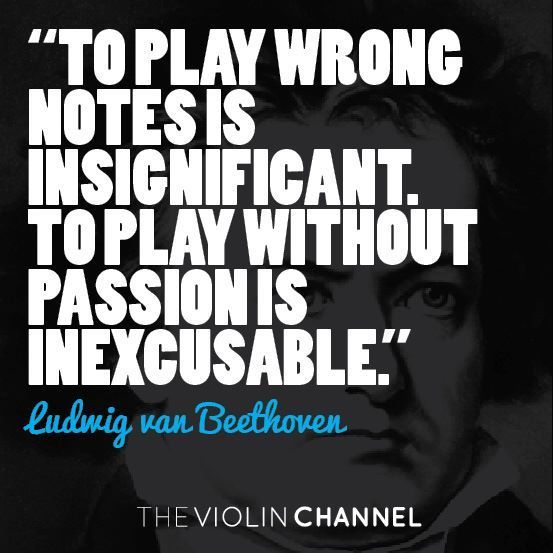On the program, clocking in at roughly 45 minutes, is Beethoven’s “Pastoral” Symphony.
Written as an homage to Beethoven’s beloved Vienna Woods and the natural world he revered, the Pastoral Symphony imitates the sounds of the birds, the streams, and the elements, and captures the feelings experienced on entering this bucolic scene.
For audience members expecting the vigorous passion of the Fifth Symphony, you will still hear it in the invigorating fourth movement – “Thunder! A Storm!” – and tinges of it in the jolly German peasants’ dance (the third movement). But the remainder is the soothing musical antidote to workday stress and relationship squabbles, and that neighbour that just has to use their leaf blower on Saturday mornings.
Seasoned veterans to the Jack Singer may know these helpful concert-going tips, but, for the novices, here is a quick break-down of some things to expect: 1. Once the concert begins, stop having fun.
Alright, just kidding! In truth, you will see the following:
-
-
- The orchestra members will slowly make their way to the stage before the concert starts. They set up their music and instruments, and fit in some last-minute practicing and warming up.
-
-
-
- Once the “turn off your cellphones announcement” is made from “the voice of God” (actually, it’s the assistant principal bassoonist, Michael Hope), the concertmaster Diana Cohen comes out. You can clap to welcome her onto the stage!
- She remains standing and faces the orchestra, signalling to the oboist (Jean Landa) to play an A, to which the entire orchestra tunes. Without this step, the orchestra would be out of tune with itself. (Something like this disaster…)
-
- Then, Diana sits down, and the conductor appears. Here is another person to welcome by clapping!
- The conductor takes his place, and the concert begins!
Although this symphony is quite easy to follow–unless you count pronouncing the title of the first movement, which is “Erwachen heiterer Empfindungen bei der Ankunft auf dem Lande” (meaning: “Awakening of cheerful feelings upon arrival in the countryside”)–here are some things to listen for:
- Musical form and balance: Musical phrases, like sentences, have a beginning, middle, and end. Phrases are often arranged in even-numbered groups (typically 2, 4, and 8) – listen for this in the third movement, which, being a dance, must be rhythmically balanced and easy to follow. Or else the poor German country folk would always be landing on the wrong foot and falling over each other!
- The emotion sings through the form: Beethoven builds music into a majestic architectural feat (see below), one voice at a time, from the purest melodies and intervals. You can really hear this toward the end of the fifth movement – a great river of sound coursing forward!

(Don’t worry – we’re not hating, just demonstrating!)
- One of the most charming parts of the Pastoral Symphony comes at the end of the second movement – where Beethoven has literally written in “Nightingale. Quail. Cuckoo.” The whole orchestra stops, and the flute, oboe, and clarinet become these little birds!
While these points are a good place to start if you want to understand the Pastoral Symphony, the best advice came from the American composer Aaron Copland, who said, “If you want to understand music better, you can do nothing more important than to listen to it.”
So, just be open to the music and have fun! Whatever experience you have is the right one. Just take it from Beethoven, when, on a similar theme, he said:
Written by Stephania Romaniuk.
To buy tickets to Beethoven Chill: Symphony No. 6 “Pastoral”, click here!



